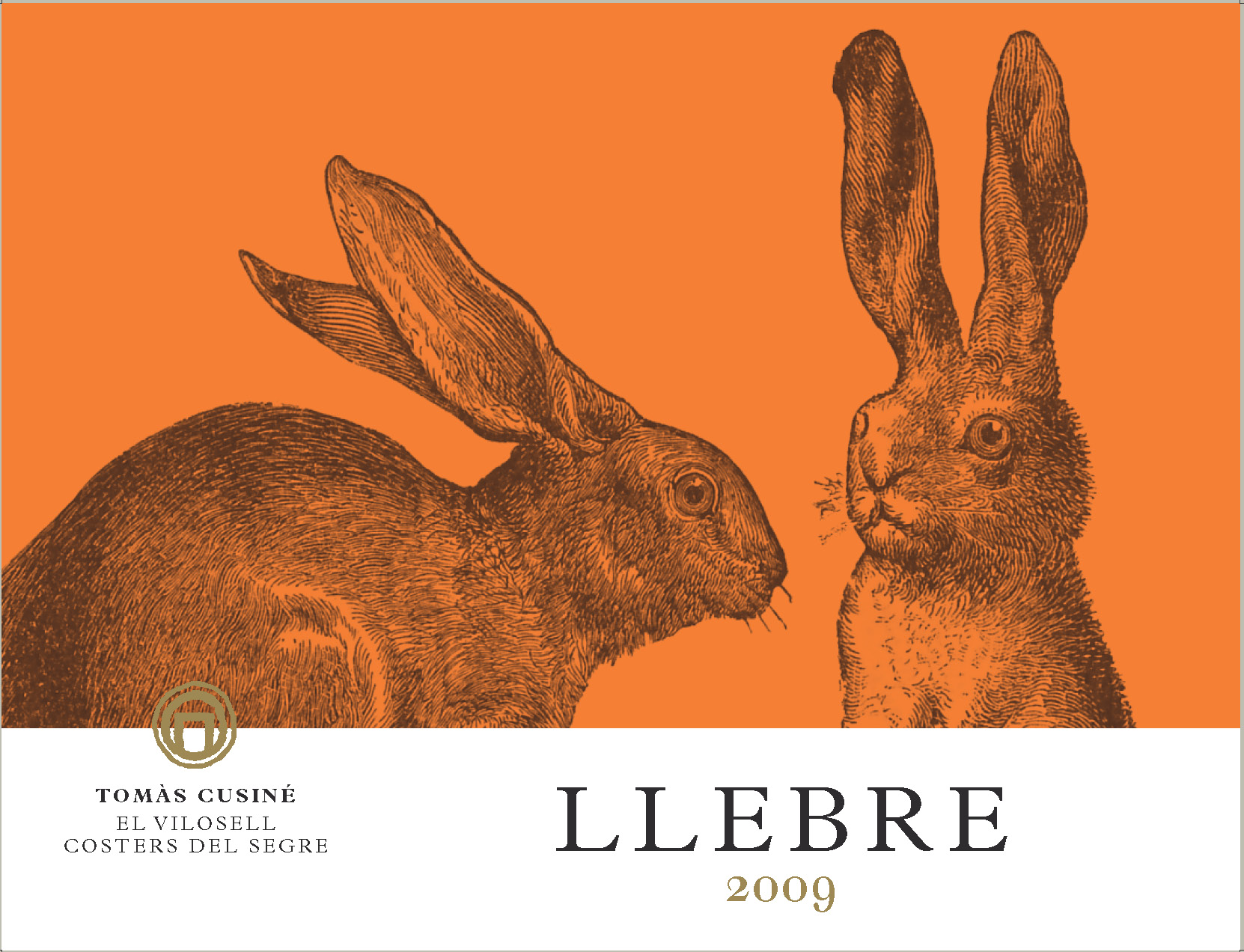 |
| www.girlan.it |
Leia em Português
This is another wine I brought from Italy to some friends, and I'm posting my impressions even before they've tried the wine! Sorry guys, but I couldn't wait to try this one: after so many unexpected events they eventually arrived!
This wine is made from Schiava grapes, a reference in South Tyrol viticulture, and it charms by its freshness and bright ruby red colour. It's lightly tannic, low in acidity and slightly alcoholic - 12,5%. With delicacy, comes aromas of red berries on the nose, intense strawberries, and a hint of cherry, gooseberry and floral, and a discreet persistence. It goes divinely with cold meats and smooth cheeses.
Aged in barrels of cement, it's ideal for the end of summer / beginning of autumn season. Made to be consumed fresh, could be served between 14ºC and 16ºC.
So if you are not feeling like Summer anymore - definitely not here in Ireland! - you can keep it until next year, but it would pleasure you equally if you drink it now!
This wine is made from Schiava grapes, a reference in South Tyrol viticulture, and it charms by its freshness and bright ruby red colour. It's lightly tannic, low in acidity and slightly alcoholic - 12,5%. With delicacy, comes aromas of red berries on the nose, intense strawberries, and a hint of cherry, gooseberry and floral, and a discreet persistence. It goes divinely with cold meats and smooth cheeses.
Aged in barrels of cement, it's ideal for the end of summer / beginning of autumn season. Made to be consumed fresh, could be served between 14ºC and 16ºC.
So if you are not feeling like Summer anymore - definitely not here in Ireland! - you can keep it until next year, but it would pleasure you equally if you drink it now!





